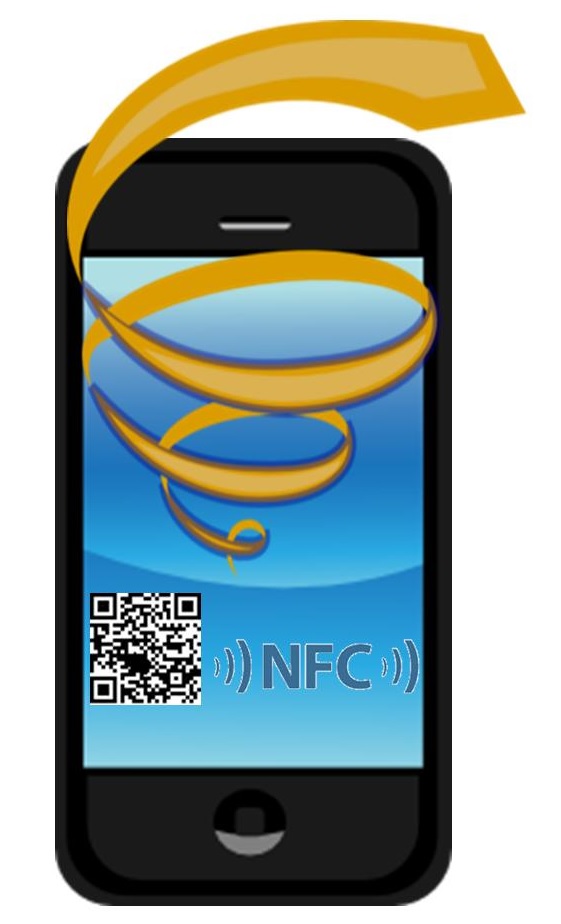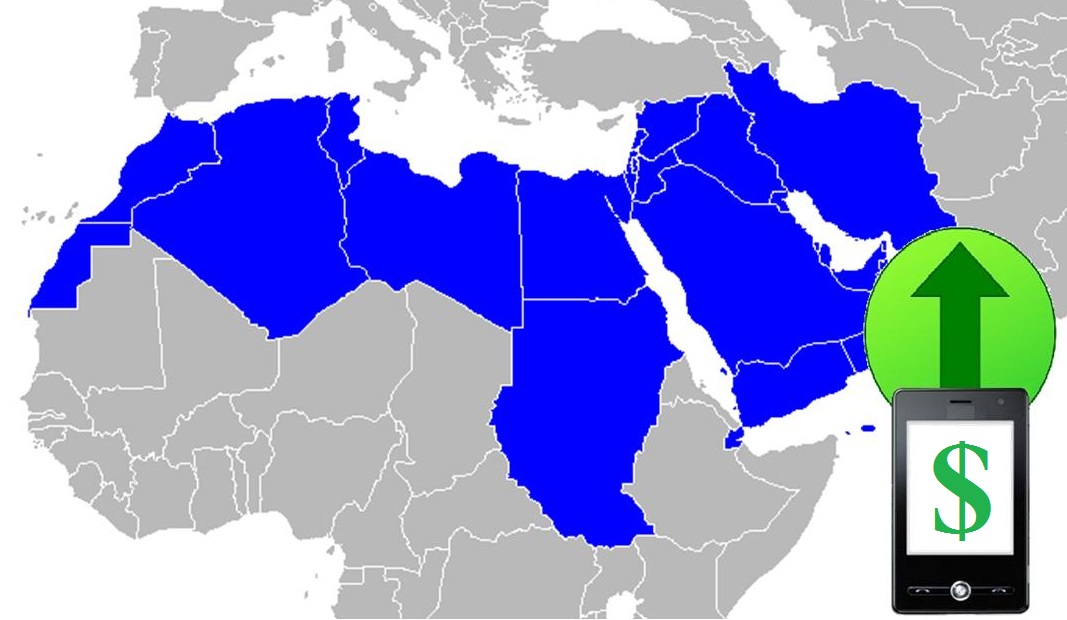These techniques are primary behind driving Google billboard consumer engagement.
Google Play has released a new advertising campaign to boost mobile commerce from Android users, employing both QR codes and NFC technology to help to engage with consumers and encourage them to interact with billboard content using nontraditional techniques.
The campaign has been focused on consumers in various parts of Australia.
It was launched by oOh! Media and created mobile commerce connected billboards at the domestic airports located in Melbourne, Sydney, and Brisbane. They allow smartphone carrying travelers to be able to interact with content that is presented to them on digital billboards. They can then pay to download content onto their android smartphones using the free Wi-Fi within the airport, provided by oOh!
The mobile commerce purchase can be activated using either a QR code scan or an NFC tag tap.
 Once the mobile commerce transaction is complete, the desired content appears on the screen of the Android based device that was used to buy it. For instance, shoppers may spot a book that they would like to read while viewing one of the Google Play billboard ads in the airport while they are waiting for their flight. They can simply scan a QR code to head directly to the download screen for that digital product and it will be sent immediately to their device.
Once the mobile commerce transaction is complete, the desired content appears on the screen of the Android based device that was used to buy it. For instance, shoppers may spot a book that they would like to read while viewing one of the Google Play billboard ads in the airport while they are waiting for their flight. They can simply scan a QR code to head directly to the download screen for that digital product and it will be sent immediately to their device.
According to the Google Account communications planning director, Jenn Brown, PhD, “We wanted the campaign to be rewarding, interactive and truly mobile. We wanted this to be at a moment where consumption of entertainment content was top of mind and the airport environment delivered on all of these elements.”
Brown went on to say that the mobile commerce campaign has already managed to bring about more than 2000 interactions, which is considerably greater than any of the “trial” NFC campaign and oOh! campaign engagement metrics that have been achieved worldwide.
The group director of oOh! business strategy, Warwick Denby, explained that this is a first, worldwide, and that it is a prime example of how mobile commerce and billboard displays are very compatible with one another. It also illustrates, said Denby, how smartphones are able to “drive engagement and enable consumers to connect and transact with the brand online – immediately.”
Denny |
February 19, 2013
 Mobile commerce demand growing in Middle East and North Africa
Mobile commerce demand growing in Middle East and North Africa
Mobile commerce is growing in demand in the Middle East and North Africa region, often known as MENA, as more consumers get their hands on smart phones and tablets. These consumers are calling for new ways to purchase products online using only their mobile devices. Thus far, interest from the regimeaon’s telecommunications and retail companies has been limited, with some companies suggesting that they see only modest potential for success. Mobile commerce experts are suggesting that these companies could be missing out on significant opportunities.
Mobile payments may be the future of personal financial transactions
Mobile commerce specialists consider mobile payments as the future of personal financial transactions throughout the world. More consumers are making use of smart phones and tablets, using these devices to shop online and make purchases. Outside of the MENA region, mobile commerce has seen major success in the retail sector, with much of this success being found in Asian markets. The growing popularity of NFC technology is also driving interest in mobile commerce, despite some of the security concerns that have been raised about the technology in recent months.
Benefits of mobile commerce have yet to be shown in MENA region
Retailers in the MENA region have shown some interest in mobile commerce, but many have found it difficult to engage mobile consumers due to the limited support mobile commerce has received from the region’s telecommunications giants. Making mobile payments possible for a wide range of consumers has, thus far, been a difficult task in the MENA region as it requires telecommunications companies to expand and update their mobile service networks. Such updates are both expensive and time consuming and some companies have not yet been convinced of the gains they could see through an aggressive adoption of mobile commerce.
Pilot projects help raise awareness
There are several mobile commerce pilot projects currently taking place throughout the MENA region. Some of these projects have found success with consumers and retailers on a small scale. Many of these pilot projects are designed to raise awareness of mobile commerce rather than produce significant gains for retailers and telecommunications companies.
 Once the mobile commerce transaction is complete, the desired content appears on the screen of the Android based device that was used to buy it. For instance, shoppers may spot a book that they would like to read while viewing one of the Google Play billboard ads in the airport while they are waiting for their flight. They can simply scan a QR code to head directly to the download screen for that digital product and it will be sent immediately to their device.
Once the mobile commerce transaction is complete, the desired content appears on the screen of the Android based device that was used to buy it. For instance, shoppers may spot a book that they would like to read while viewing one of the Google Play billboard ads in the airport while they are waiting for their flight. They can simply scan a QR code to head directly to the download screen for that digital product and it will be sent immediately to their device.
 Mobile commerce demand growing in Middle East and North Africa
Mobile commerce demand growing in Middle East and North Africa